What Is a Loofah, How It’s Used, and the Benefits You Should Know
If you think a loofah comes from the ocean, you might be surprised. A loofah is actually a dried gourd, similar to a cucumber, that turns into a natural sponge. In this guide, we’ll explore what a loofah really is, how it’s used, the benefits it offers, and why it’s becoming a popular eco-friendly alternative to plastic sponges.
What is a loofah?
How it’s used
Benefits of natural loofah
FAQs
What is a loofah?
A loofah is a natural sponge made from the dried fibrous skeleton of the luffa plant—a vine vegetable in the gourd family. As the fruit matures and dries, its inside turns into a dense network of fibers that can be used for gentle exfoliation and cleaning.
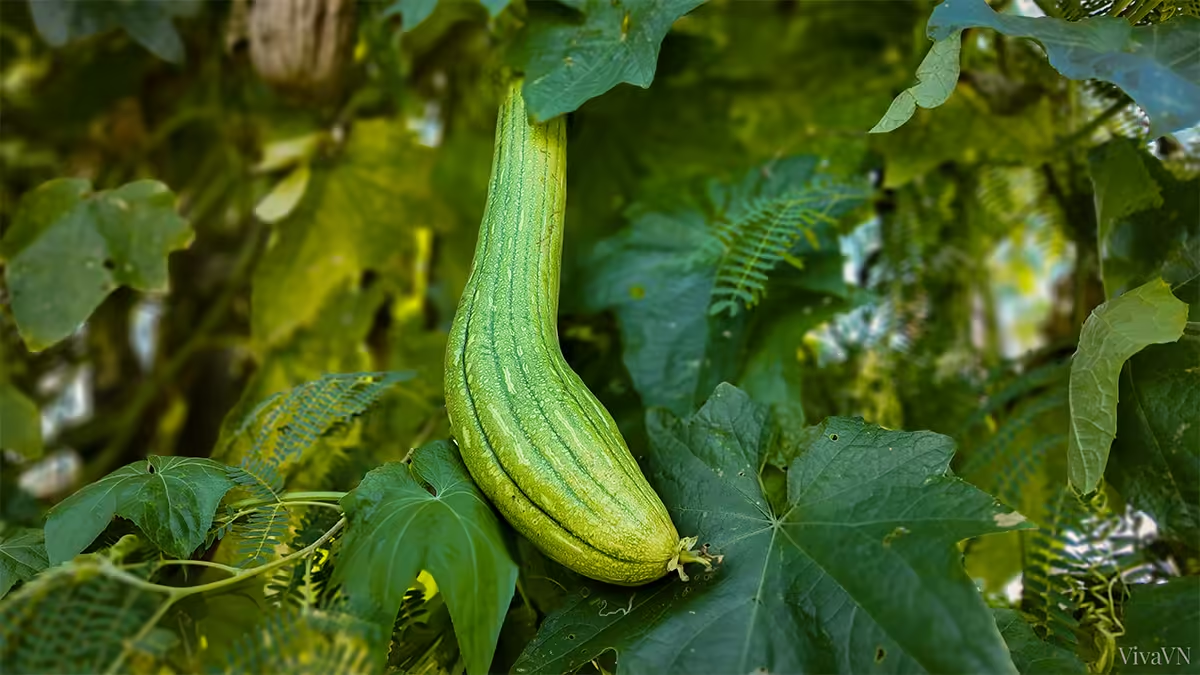
A fresh loofah gourd growing on the vine in Vietnam.
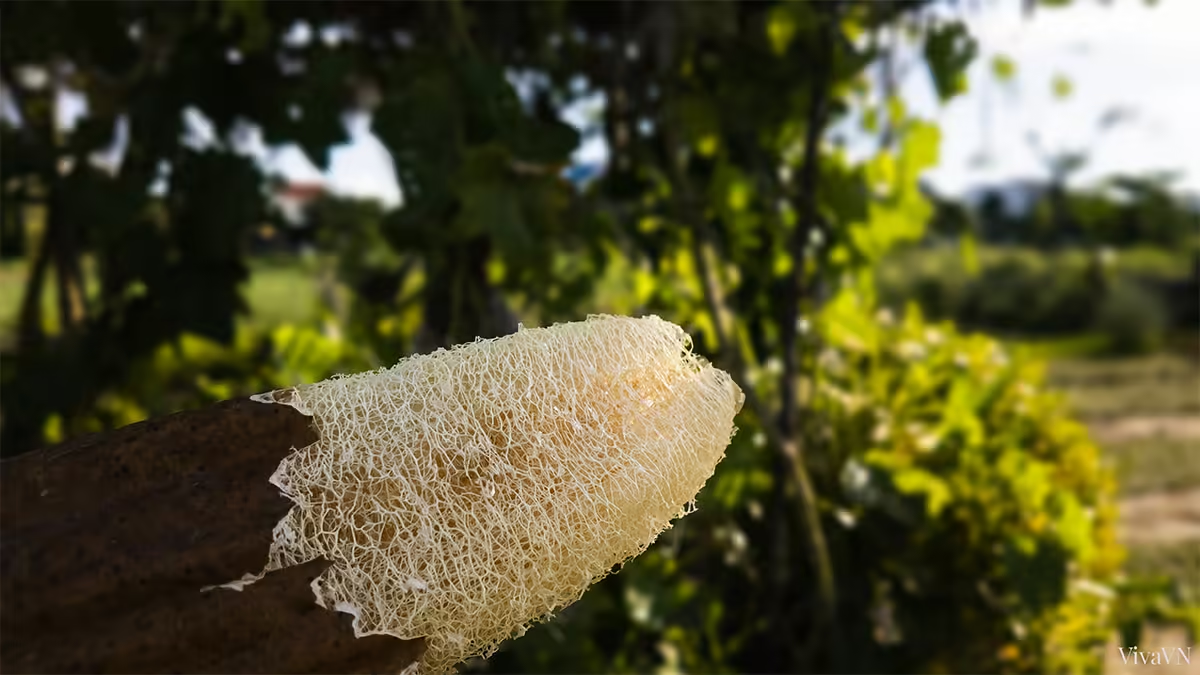
Peeled dried loofah gourd revealing inner fibrous structure
In Vietnam, loofah isn’t just used as a sponge. When the fruit is young and tender, it’s actually eaten as a vegetable, often cooked in soups or stir-fried dishes.
Eco-friendly products made from loofah fibers in Vietnam
When loofah gourds reach full maturity, farmers harvest them and carefully peel off the tough outer skin. What remains is a network of natural fibers that are washed, dried, and prepared for use.
These fibers are turned into practical household items—back scrubbers, soap pouches, bath gloves, dish sponges, and even slippers. It’s a straightforward process that makes use of every part of the plant and provides an eco-friendly alternative to synthetic products.
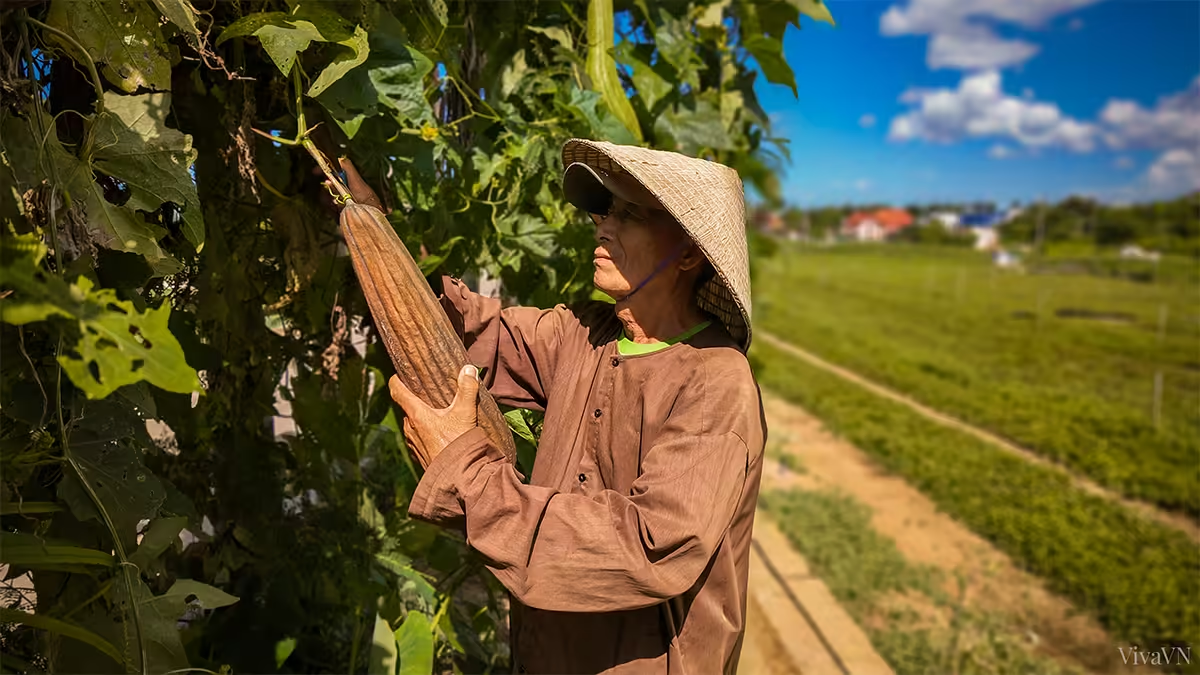
A Vietnamese farmer harvesting dried loofah gourds in the garden.
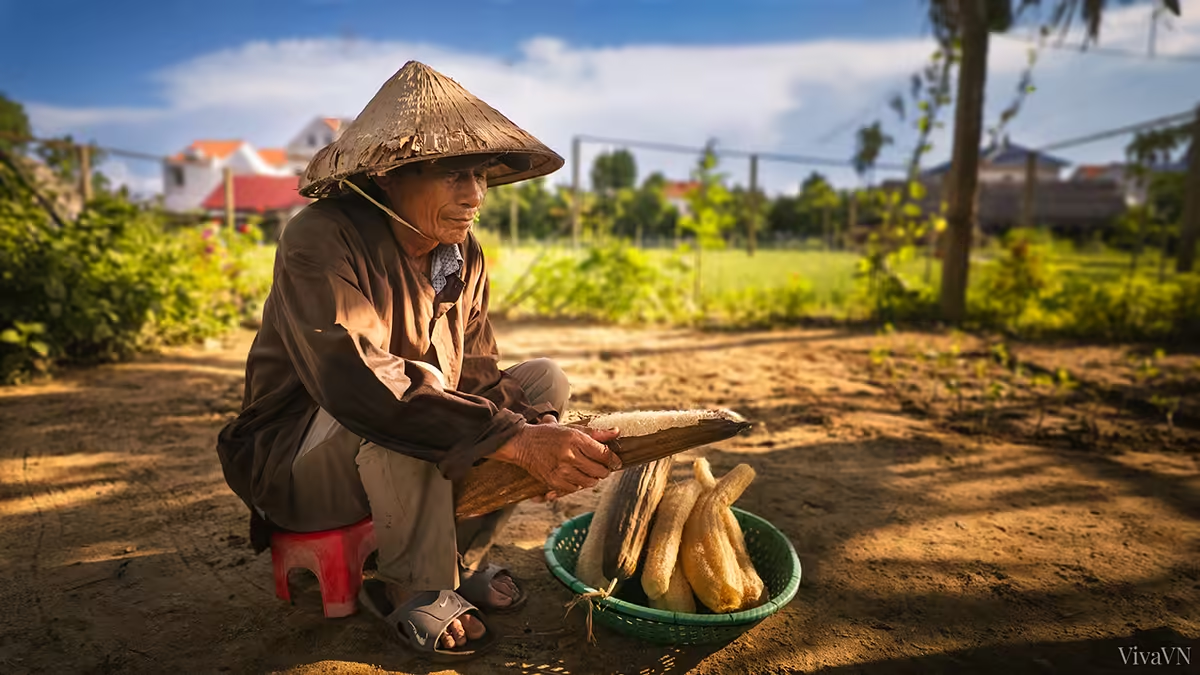
After that, the loofah is peeled to remove the outer skin and expose the inner fibers.
In the photo below, you can see a variety of eco-friendly products made from natural loofah in Vietnam. Each number highlights a different item:
(1) a loofah back scrubber strap, (2) a back scrubber with a wooden handle, (3) a soap pouch, (4) an exfoliating pad with hand strap, (5) a dish scrubber, (6) an exfoliating glove, and (7) a pair of slippers. These simple but practical items show how versatile loofah can be, both for personal care and everyday use.
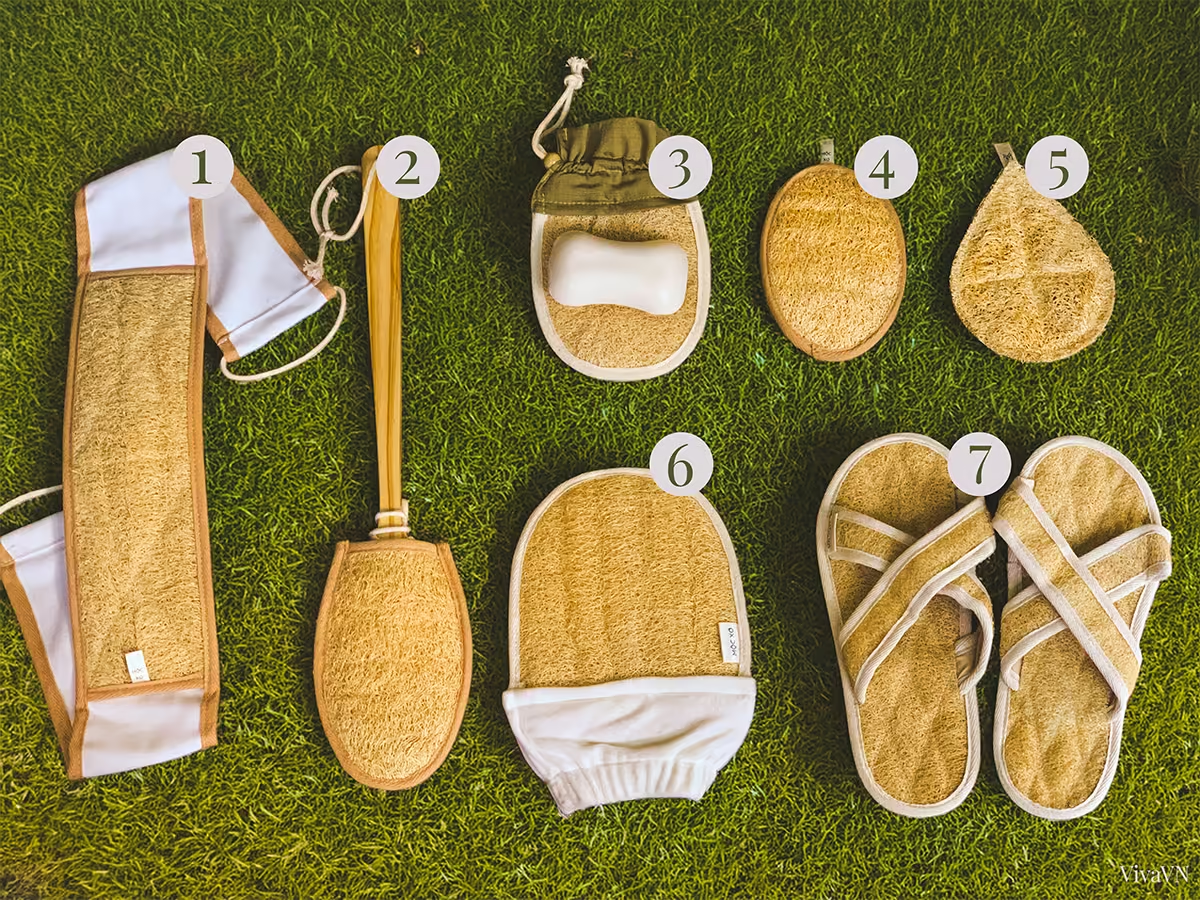
Different types of eco-friendly loofah sponges
If you’d like to see how these products fit into daily life, check out our post on sustainable loofah uses, where we share practical tips and real images for inspiration.
Benefits of natural loofah
In Vietnam, natural loofah has been used for centuries—long before plastic products ever appeared. People relied on it in their daily lives, and over time its value has stood the test of use. Here are some of the key benefits that loofah offers:
Gently exfoliates the skin
Natural loofahs help remove dead skin cells and unclog pores. Their fibrous texture provides gentle exfoliation—enough to refresh the skin without causing irritation.
Made from plants, not plastic
Loofahs come straight from the earth. Grown from the luffa plant, they are 100% biodegradable and compostable, unlike plastic bath puffs or synthetic sponges that contribute to long-term pollution.
Long-lasting when properly cared for
A natural loofah can last for several weeks with the right care—like keeping it dry between uses and replacing it regularly.
Supports sustainable living
Buying natural loofah products—especially those handmade by artisans or grown organically—encourages responsible consumption and supports eco-friendly practices.
Frequently asked questions
Is a loofah a sea sponge?
No. A loofah doesn’t come from the ocean. It’s the dried inner fibers of the luffa gourd, a plant related to cucumbers.
Are loofahs eco-friendly?
Yes. Loofahs are 100% plant-based, biodegradable, and compostable, making them a sustainable alternative to plastic bath sponges.
How long does a natural loofah last?
With proper care—like keeping it dry between uses—a loofah can last around 3 to 4 weeks before it should be replaced.
Share on FacebookShare on X (Twitter)Share on PinterestShare on WhatsappShare on LinkedinShare on TelegramShare on Email
- https://www.youtube.com/@VivaVNOfficial
- https://www.facebook.com/vivavnofficial2024
- https://www.pinterest.com/vivavnofficial/
© 2025 VivaVN. All rights reserved.
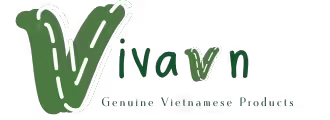

Leave a Reply